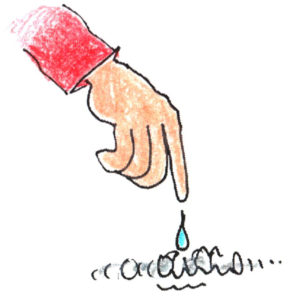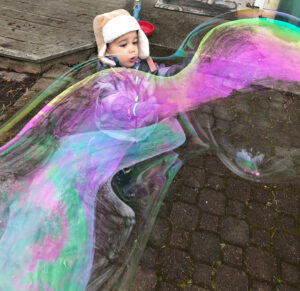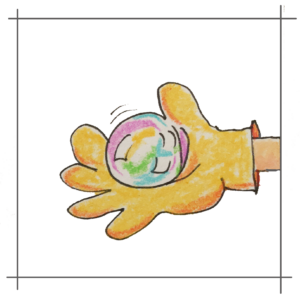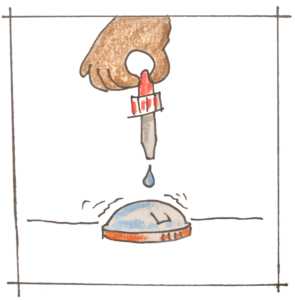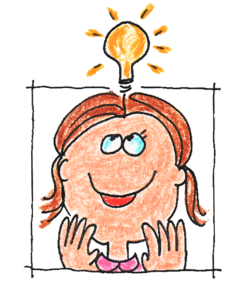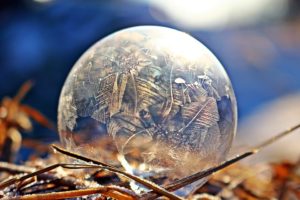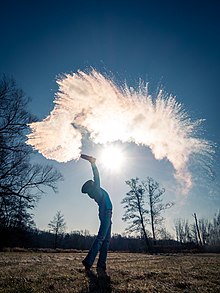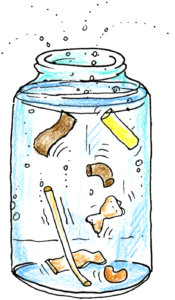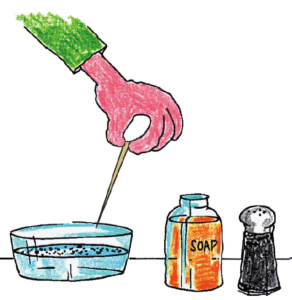Are you gathering resources for teaching about the periodic table of elements?
I included a simple set of sorting activities in my product that introduces students to sorting by attribute.
Then, they can create their own periodic table.
Check out the amazing resources included with the product AND online resources that can make this topic an amazing addition to your science classroom.
Something with simple materials that will fascinate children?
I collected several chemistry activities for your consideration, thanks to the Exploratorium Museum and Steve Spangler Science.
Make sure to check out the poetry suggestions.
I recently posted suggestions from Steve Spangler for bubbles.
My niece called for a bubble recipe as she played with her almost two-year old son and I thought it can be such a fun activity I’d find more resources for you.
Just like my last blog, my source is the Exploratorium Museum
I listed activities from simple materials to uncommon materials like dry ice.
Use wet gloves to bounce bubbles!
Create bubbles inside bubbles!
If you have the supplies you might create bubble cubes or bubbles snakes.
Lots of bubble ideas!!
Try a few activities with water.
You’ll need a wrapped straw, a few toothpicks, and a penny.
It helps if you have an eyedropper, too!
Enjoy!
What to do with kiddos who are
suddenly at home for a week or two?
Check out these GREAT activities from
SteveSpanglerScience.com,
an amazing site that lets you read
about and then watch simple activities.*
If you blow a bubble in subfreezing air, the water in the bubble freezes very quickly creating a beautiful crystalline globe.
I found gorgeous videos that I hope will fascinate your students.
Winter brings very cold weather to many of us. I found videos online that demonstrate a variety of people tossing boiling water into sub freezing air. Amazing crystals form in beautiful collections.
Children can be fascinated watching videos and then language and cooperation skills can be strengthened with a followup discussion of what was observed.
Here are a few resources I’d like to share with you.
Pour a can of clear or lightly colored soft drink into a transparent container. Drop in a few pieces of raw pasta.
Initially the pasta sinks to the bottom of the container because each piece is denser than the liquid.
Bubbles of gas attach to the pasta and it slowly rises to the surface.
Your students are pretty interested at this point in just what’s going on!
A great back to school activity. Students love to watch the pepper zip across the water whether it’s as a teacher demonstration or a team activity.
It uses such simple materials you’ll want to send it home to share with families or include it in a Family Science Night.


